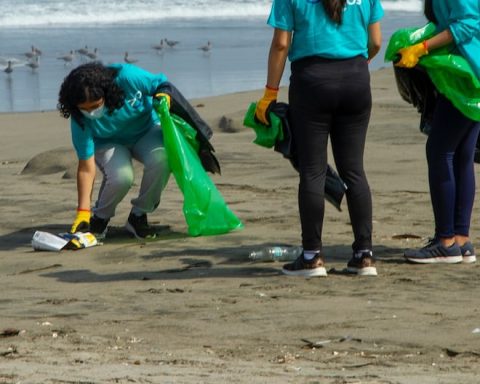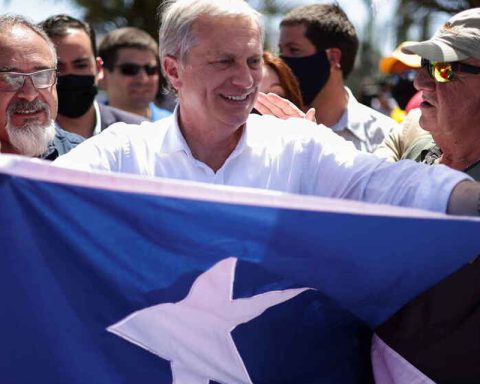The Identification System of Potential Beneficiaries of Social Programs (Sisbén) is a socioeconomic classification tool that helps the Government to know the real needs of the population in order to develop efficient public policies. In this sense, Which of the groups receives the most money through the various social programs due to their vulnerability?
How is the classification done?
Through the information obtained from entities and databases such as the National Registry, National Land Agency, Ministry of Health, ICBF, ICFES and IcetexSisbén differentiates the population according to their income and living conditions into different groups and subgroups with the aim of guaranteeing that the resources of social programs are allocated to the people who need them most.
(READ: Young Income 2024: when do they pay the fifth cycle? exact date)
The Sisbén groups
In the last update of this system (Sisben IV), the potential beneficiaries of social programs are classified into groups named by letters and not by scores, which in turn are divided into subgroups as follows:
• Group A: It includes households in situations of extreme poverty. In this group, homes will be classified into 5 subgroups, from A1 to A5.
• Group B: corresponds to households in moderate poverty. This group has 7 subgroups from B1 to B7.
• Group C: corresponds to households in vulnerable conditions. This group has 18 subgroups from C1 to C18.
• Group D: It includes households that are not in poverty. This group has 21 subgroups from D1 to D21.
(FURTHER: How much is the 2024 VAT payment in Colombia?)
Details about Sisbén
Facebook: Sisbén Cúcuta
Which is the Sisbén group that receives the most money in subsidies?
According to the Sisbén classification, The group that receives the largest amount of subsidies is Awhich includes households that are in extreme poverty.
Due to their vulnerability, families belonging to this group are the ones that receive the most assistance in order to guarantee their food security and basic needs.
Next is group Bwhich includes homes in moderate poverty.
It is important to keep in mind that the various social programs provided by the Government of Colombia respond to a comprehensive approach that contemplates social dimensions such as education, health and access to basic services, in addition to the income of the members of each family.

















